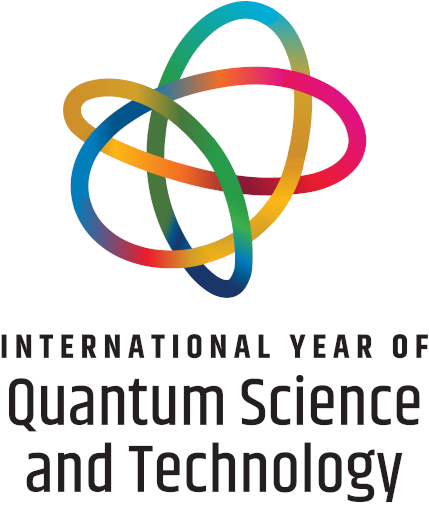Terahertz emission from low-temperature grown gallium arsenide photoconductive antenna: A comparative analysis using Drude-Lorentz, Equivalent Circuit Models, and Finite Element Analysis
Abstract
In this work, the terahertz emission from low-temperature-grown GaAs photoconductive antennas was simulated via Drude-Lorentz Model, Equivalent Circuit Model (ECM), and Finite Element Analysis (FEA) and were compared to experimental data. Results show that the THz peak amplitude calculated via FEA closely matches (~1.04x) the experimental THz peak amplitude. The THz peak amplitudes calculated from the Drude-Lorentz and ECM are ~3.01x higher and ~ 4.05x lower as compared to the experimental result, respectively. Furthermore, from the emission spectra, the calculated bandwidth from FEA is ~1 THz bandwidth which closely matches the experimental result of ~2 THz. Meanwhile, the calculated bandwidth for both Drude Lorentz and ECM models is ~5 THz.
Downloads
Issue
Entangled!
25-28 June 2025, National Institute of Physics, University of the Philippines Diliman
Please visit the SPP2025 activity webpage for more information on this year's Physics Congress.
SPP2025 Conference Organizers
SPP2025 Editorial Board
SPP2025 Partners and Sponsors











